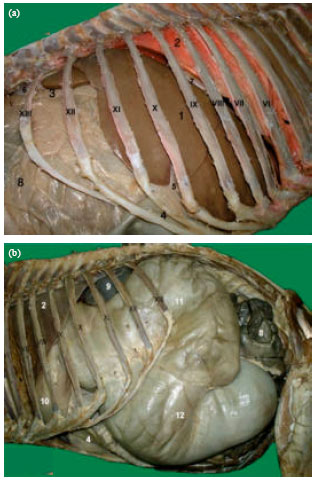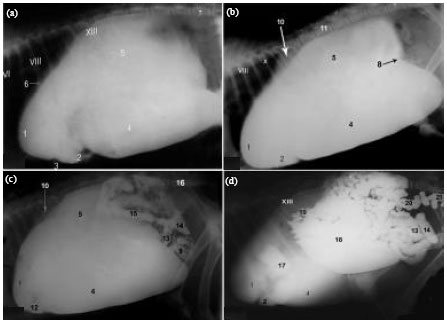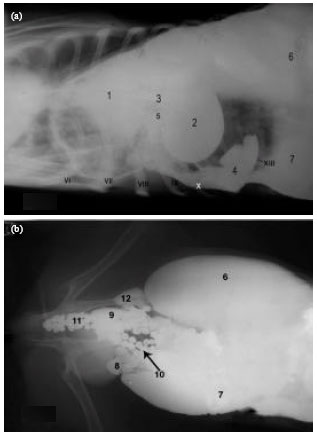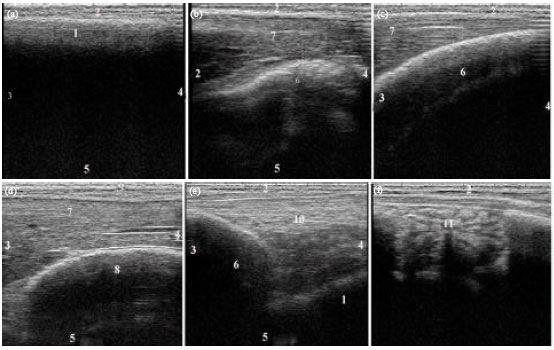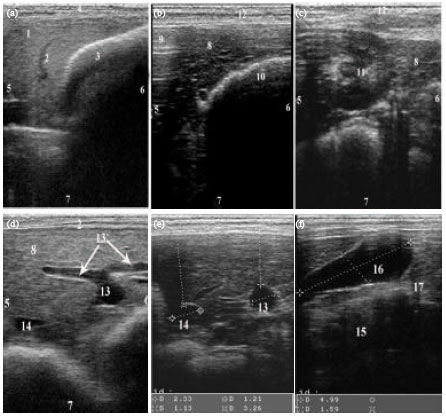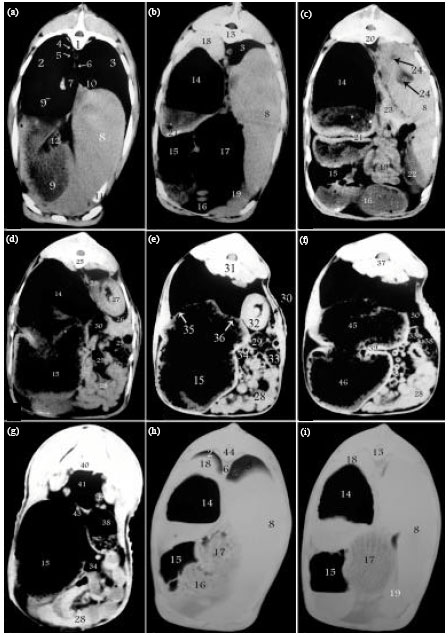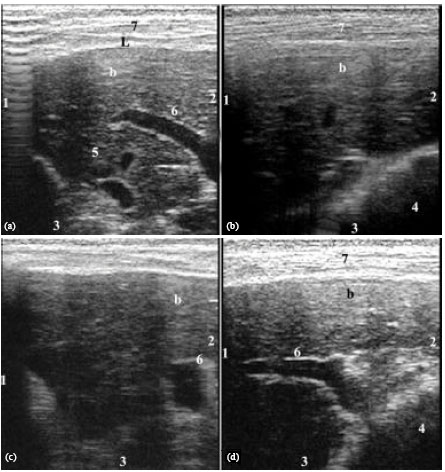Research Article
Contrast Radiographic, Ultrasonographic and Computed Tomographic Imaging Studies on the Abdominal Organs and Fatty Liver Infiltration of Zaraibi Goat
Department of Anatomy, Faculty of Veterinary Medicine, Alexandria University, Egypt
S.A.A. El-Gendy
Department of Anatomy, Faculty of Veterinary Medicine, Alexandria University, Egypt
M.H. El-Kammar
Department of Surgery, Faculty of Veterinary Medicine, Alexandria University, Egypt
M. Ismaiel
Department of Internal Medicine, Faculty of Veterinary Medicine, Alexandria University, Egypt









